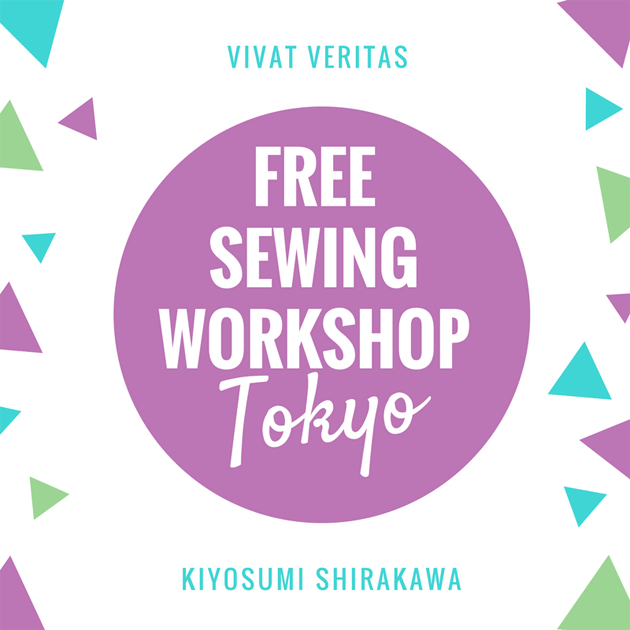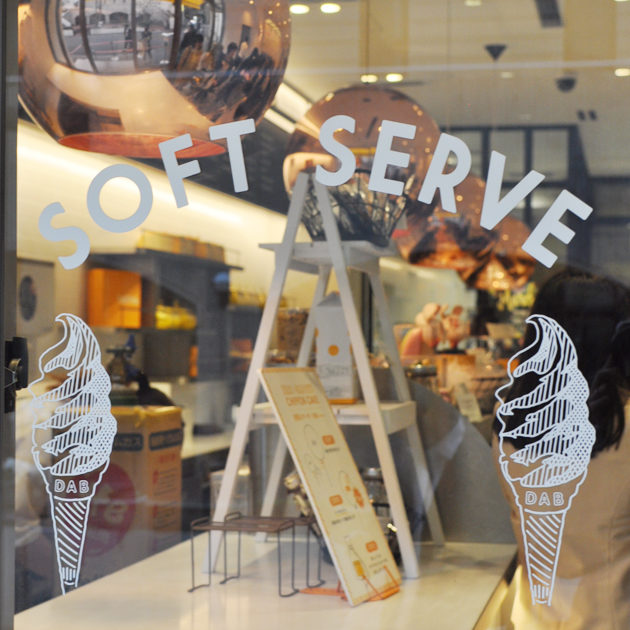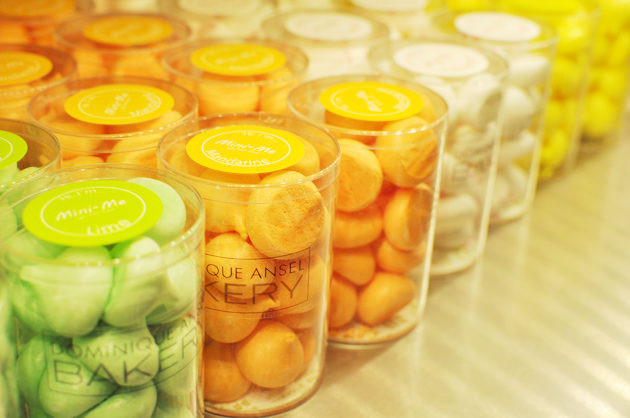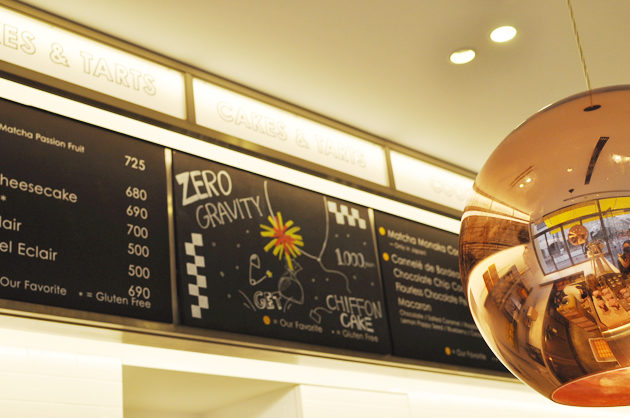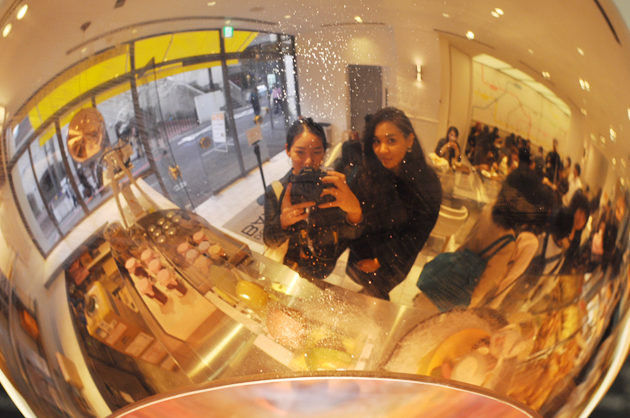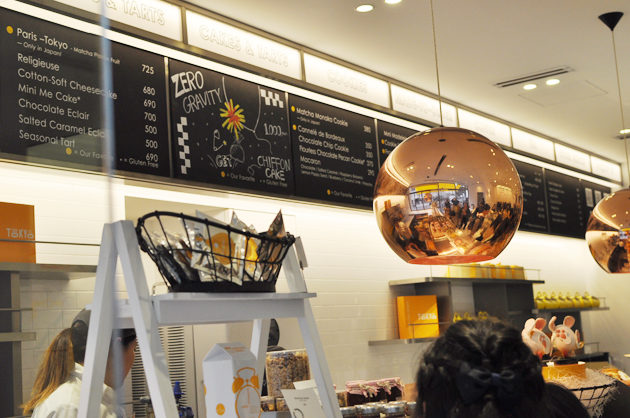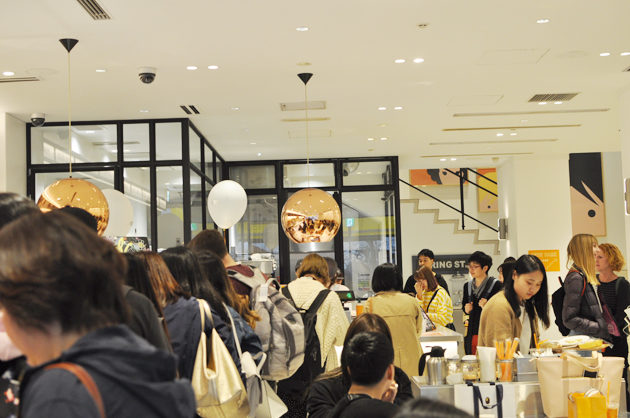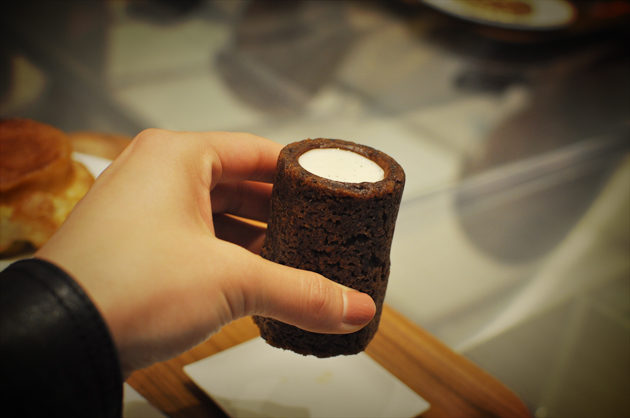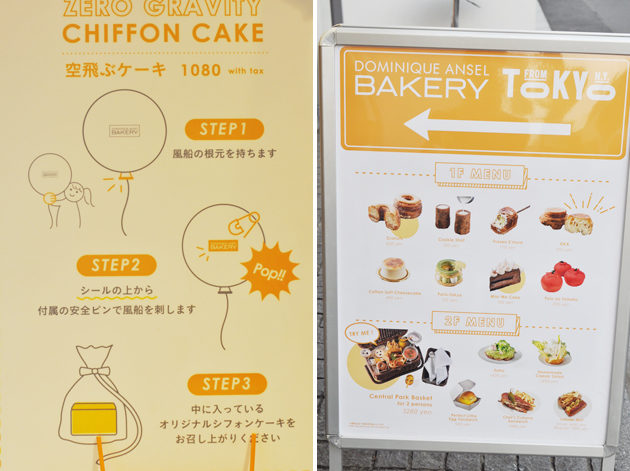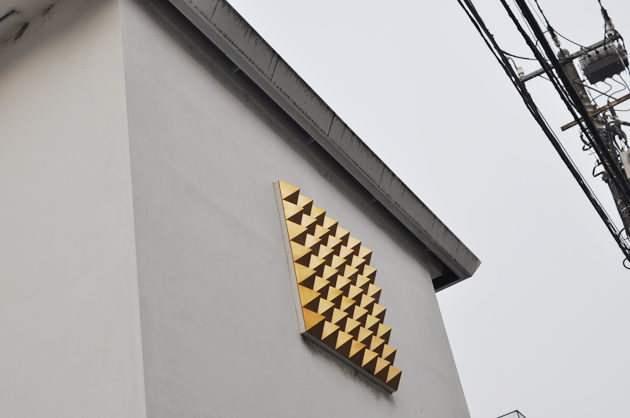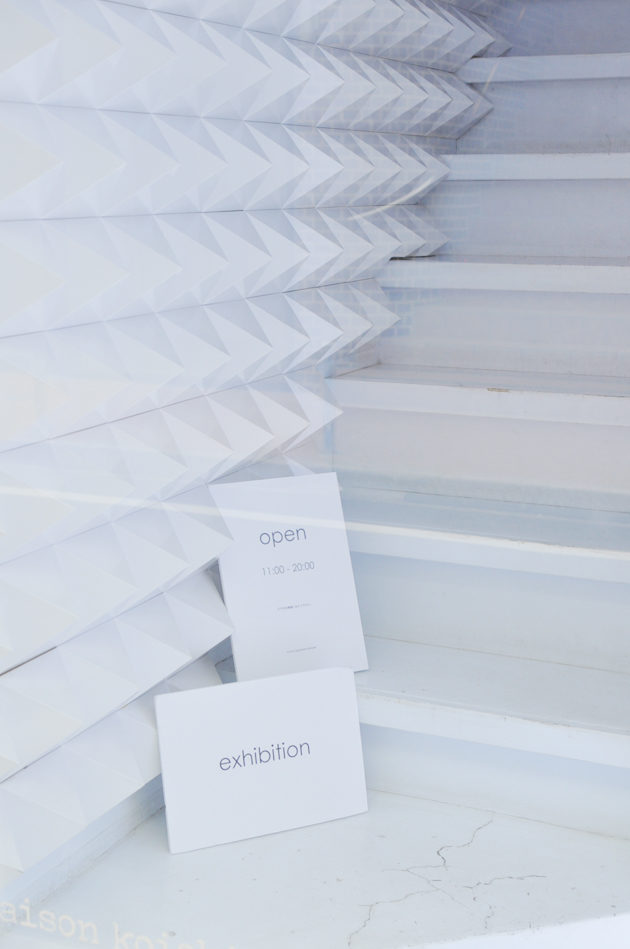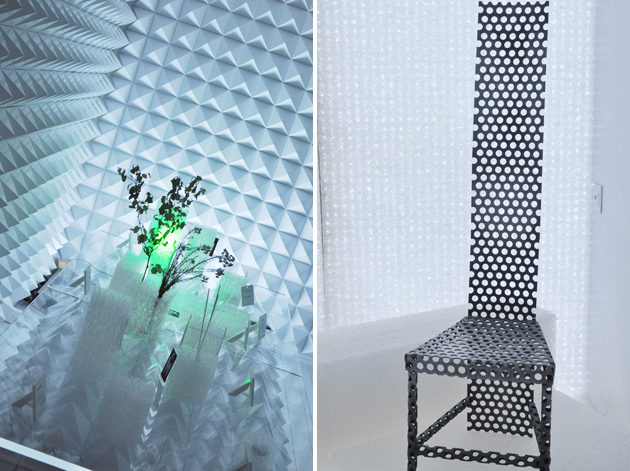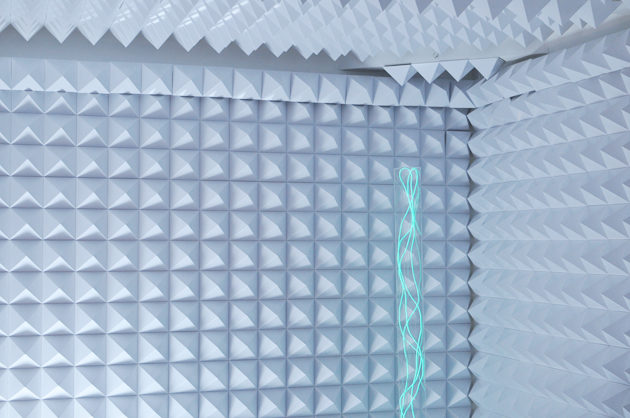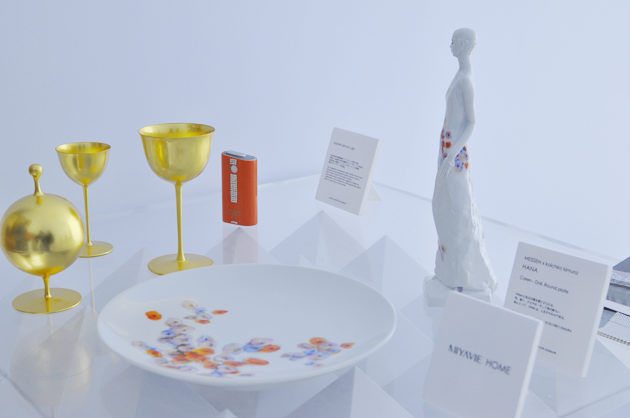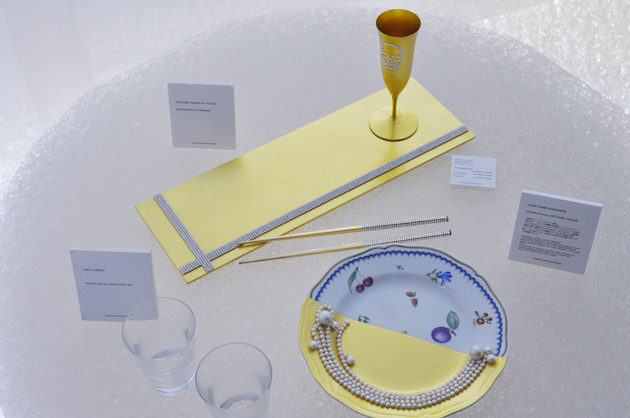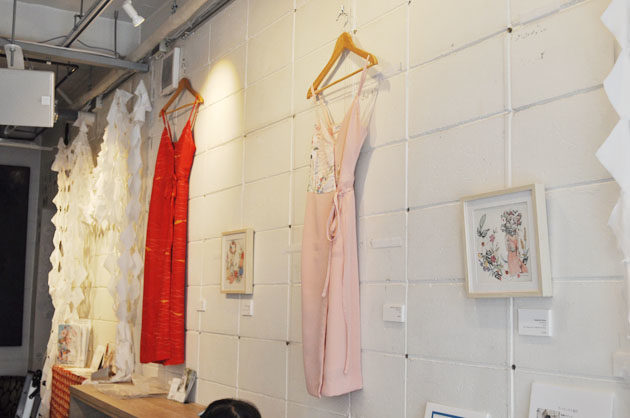
Hello! I wanted to share some pictures of my recent exhibition/fashion show from 5/15/2018 – 5/25/2018. On display were my one of a kind kimono dresses using second hand kimonos, mostly in silk. It was an opportunity for me to showcase twenty different dresses and my first attempt to put together a fashion show. I have more photos coming from the official photographer, but here are some from my camera.
I collaborated with a spacial designer, David Takahashi and illustrator, Erica Ward. David made the all-white installation with fabrics, paper and plastic, which complimented the colorful kimono dresses. Erica made pen and watercolor paintings that were directly inspired by six of my kimono dresses. 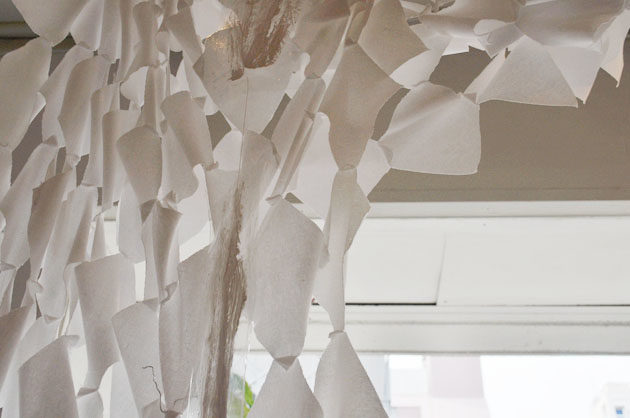
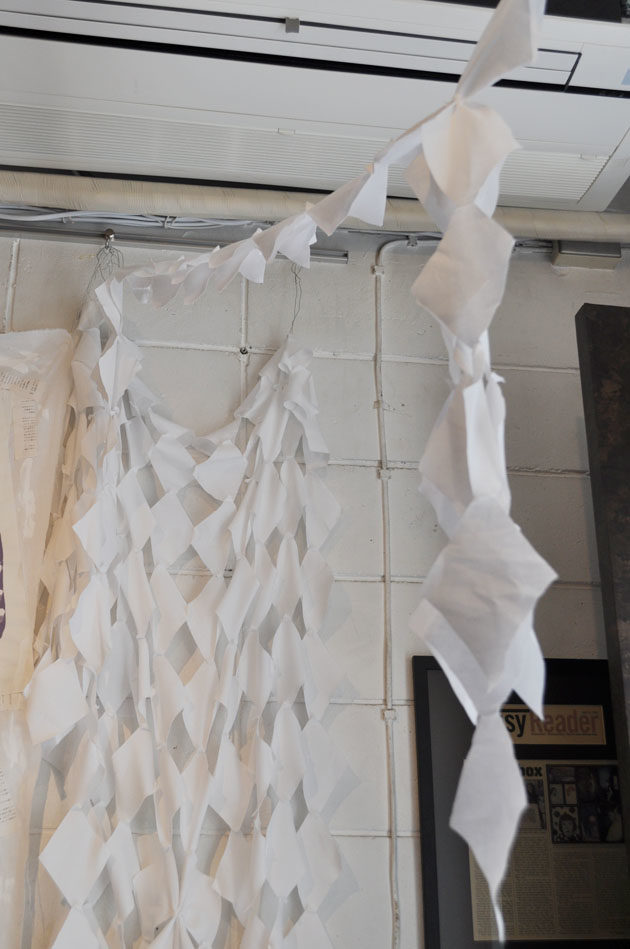
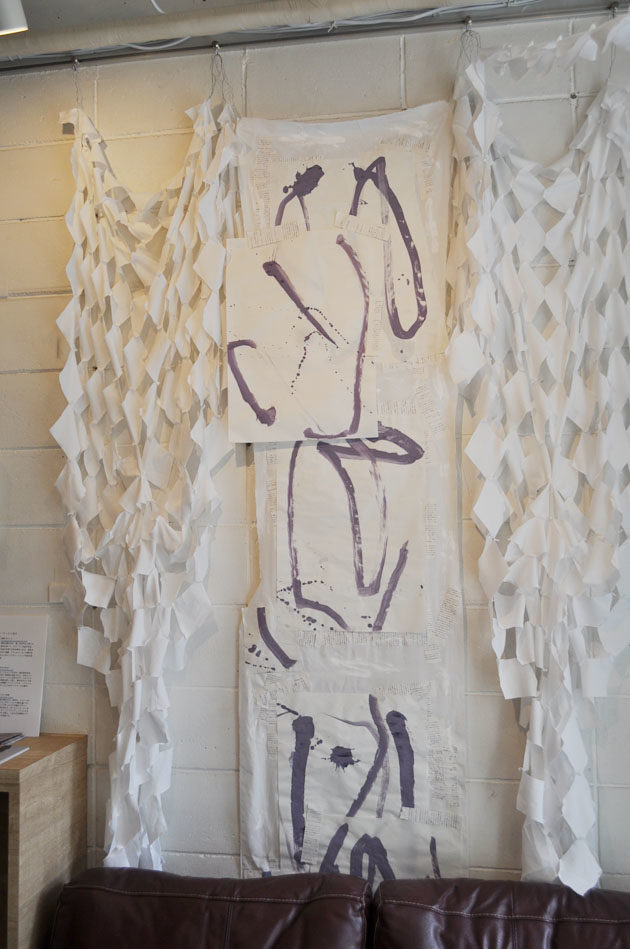 David layered white in different textures. According to him, he took the ideas from wisteria trellis, which blossom in May here.
David layered white in different textures. According to him, he took the ideas from wisteria trellis, which blossom in May here.
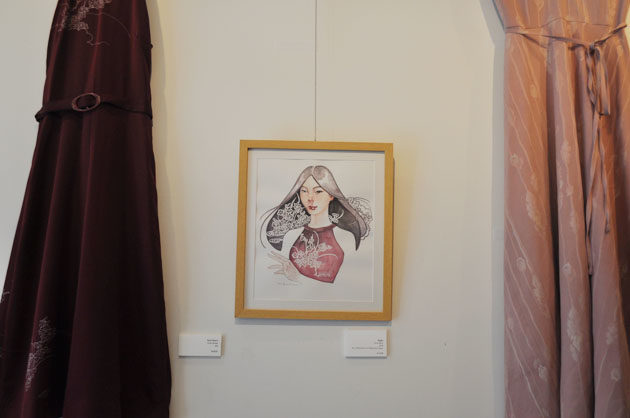 Erica’s illustration, “Alight”, next to my azuki beans dress (left).
Erica’s illustration, “Alight”, next to my azuki beans dress (left).
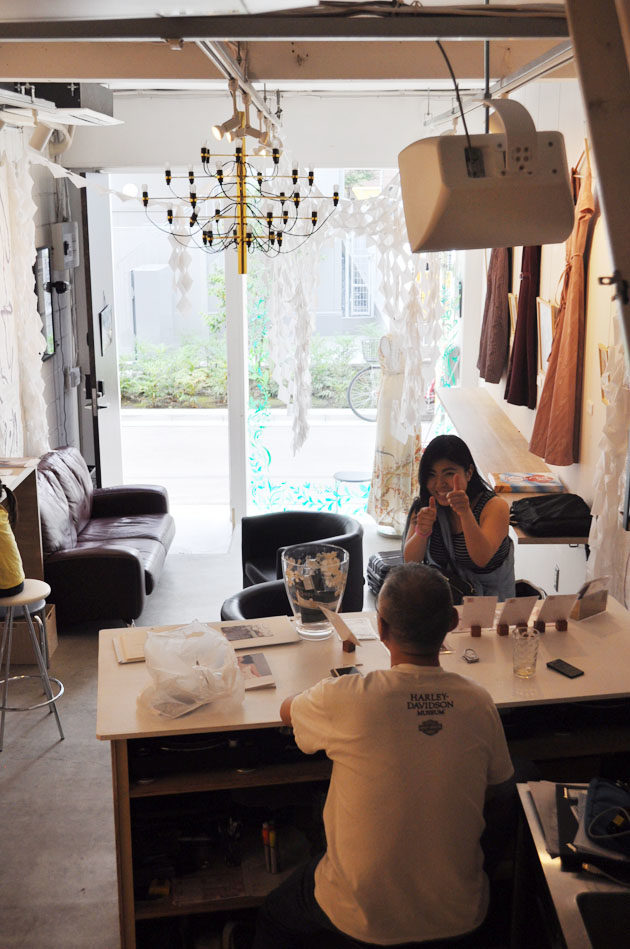
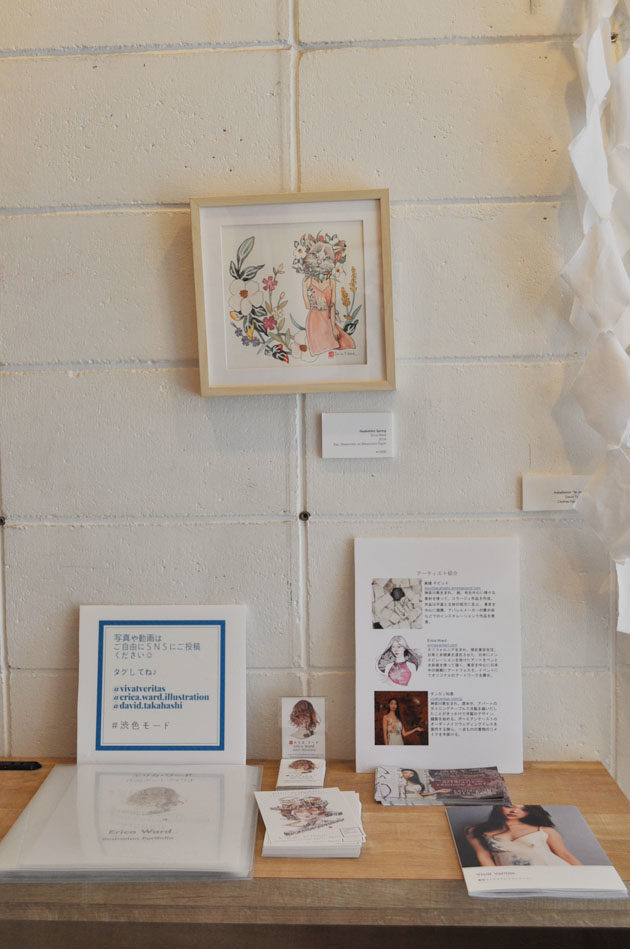
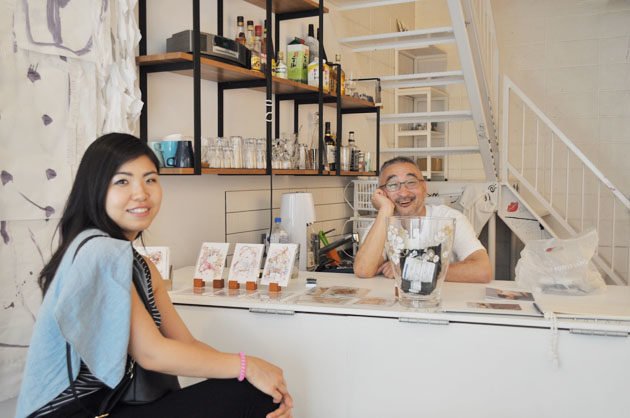 Hidemi (left) modeled for the show, and Yuji (right) is the owner of the gallery, “Ego – Art & Entertainment Gallery” in Nihonbashi, Tokyo.
Hidemi (left) modeled for the show, and Yuji (right) is the owner of the gallery, “Ego – Art & Entertainment Gallery” in Nihonbashi, Tokyo.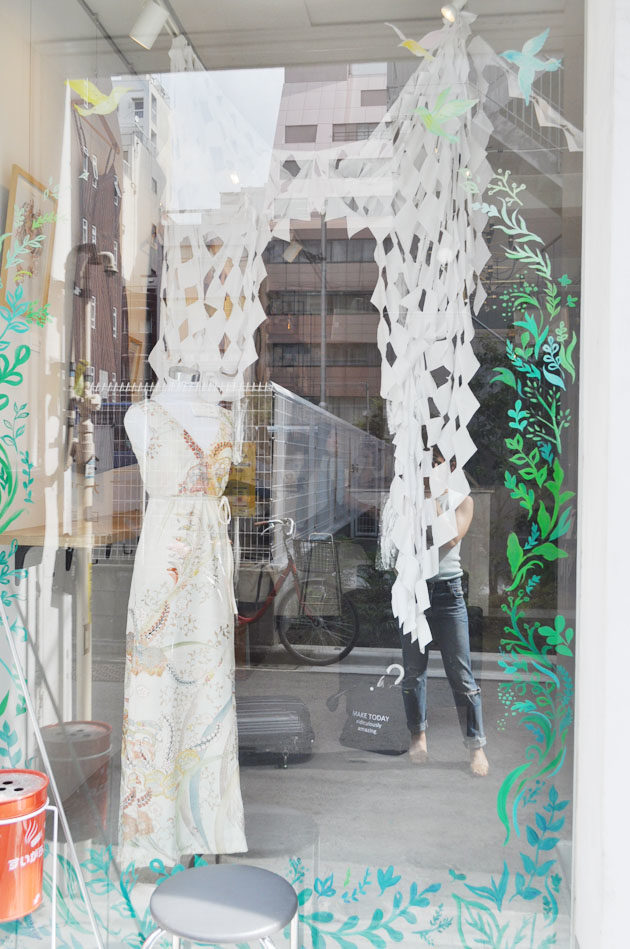 Here is what it looked like the front, my dress displayed:)
Here is what it looked like the front, my dress displayed:)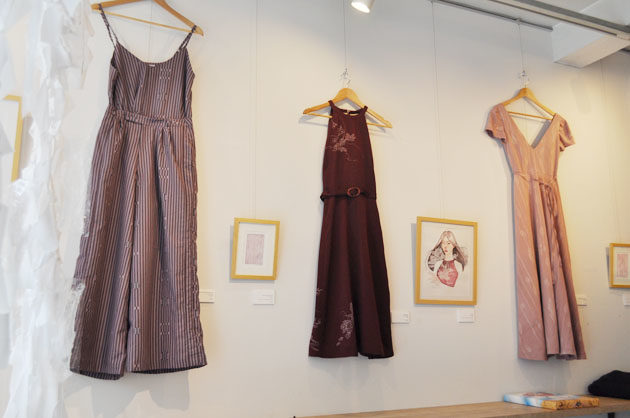
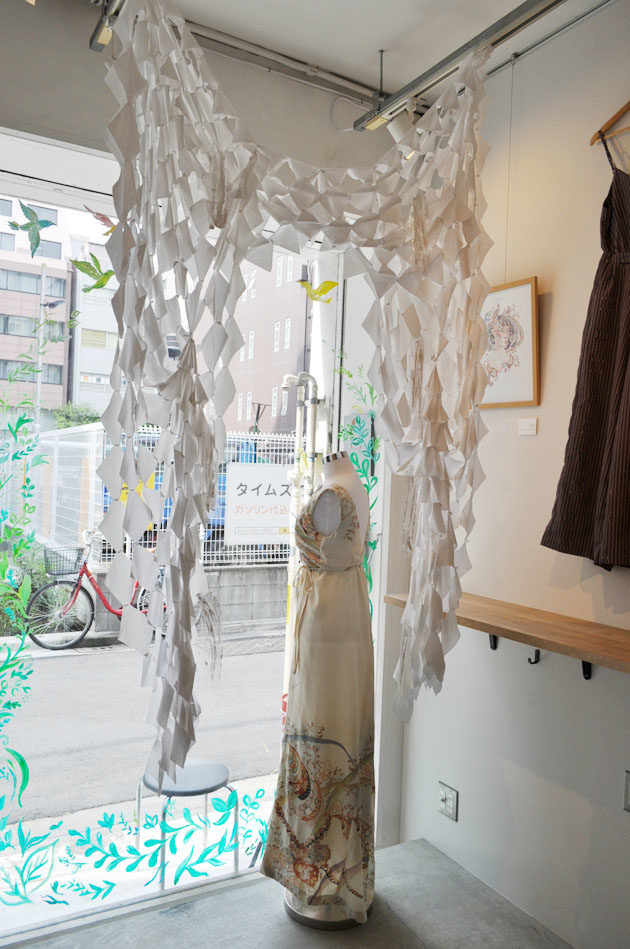
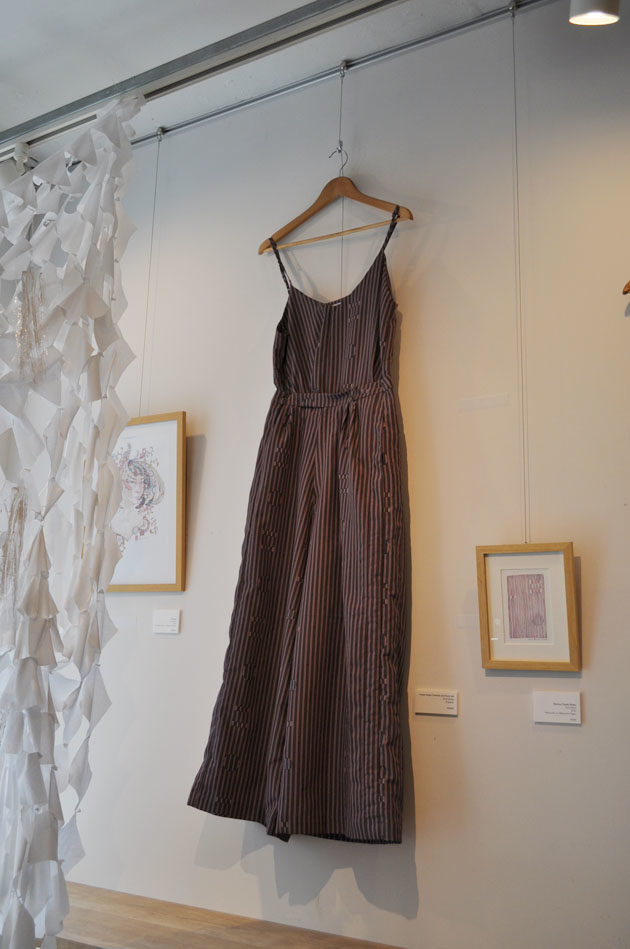
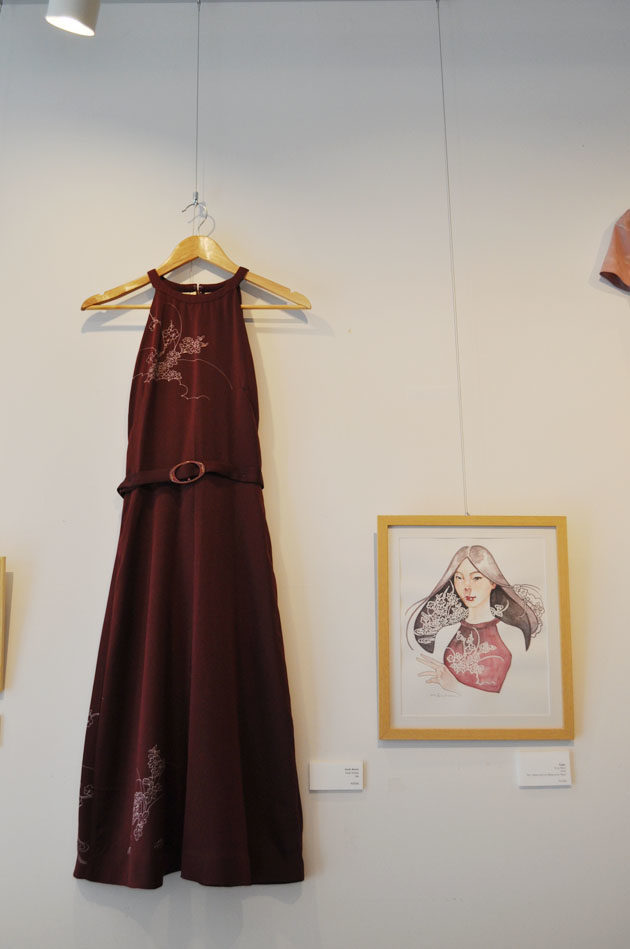
I made a short video clip of me working with the kimono. Captions are in Japanese. I started making kimono dresses for a client about two years ago. Client would provide me with kimono and patterns, along with specific instructions as to how it should be made in terms of pattern placements. I really enjoyed working with these projects as each one is different. As I was sewing these dresses, I could not stop imagining how I would make it if it were left to my own devices, because although I enjoy the idea of using old, beautiful silk fabric and turned it into something new, the patterns, silhouette, colors were not something I would wear. Then when I was walking a street of Tokyo one day, it dawned on me, perhaps I can make it myself? Why not, since there are so many second hand kimonos available in Japan. I bought them at second hand shops like Tansuya, thrift shops, flea market and online (I wrote more about it here) and started experiment with them. It takes a long time to make one dress, since I have to take the kimono apart first, wash it (if I think the fabric can take the wash), iron it, examine the pattern and stains (old kimonos often have stains or damages), and sew it into a dress. Depending on a design, I can make up to two dresses from one kimono. Each time is different and it is fun!
